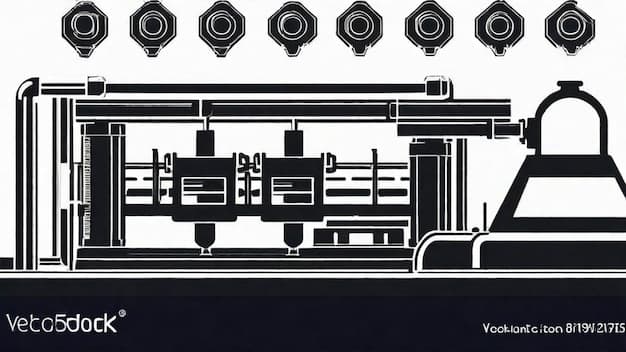Worm shocking has become a popular, albeit controversial, method among anglers and gardeners when it comes to fishing or harvesting bait. The concept involves delivering a mild electric shock to the soil, causing earthworms to surface. This practice not only highlights the delicate interplay between electricity and organic life but also ignites debates regarding ecological ethics. To master this technique, understanding the worm shocker wiring diagram is essential. This guide will provide a thorough exposition on the wiring process, ensuring that practitioners can execute this practice safely and effectively.
The wiring diagram serves as a blueprint for constructing a homemade fish shocker. A comprehensive comprehension of electrical components and their interrelationships is pivotal. Let’s elucidate the components involved:
- Power Source: The electric shocker typically utilizes a battery pack, generally 12 volts, as its energy source. Lithium-ion or lead-acid batteries are commonly preferred due to their fluctuating discharge characteristics and robustness.
- Wires: Conductive wires facilitate the transmission of electricity. Enveloping wires with sufficient insulation ensures safety. Typically, gauge 12 or 14 wires are used to handle the current efficiently.
- Electrodes: The electrodes, generally made from conductive metals such as copper or stainless steel, are the conduits through which the electric current is emitted. Their design is crucial, as they should be capable of penetrating the soil while maintaining conductivity.
- Switch: A switch allows for the regulation of the circuit, making it easy to initiate or terminate the shocker’s activity. A toggle or rocker switch is typically employed for simplicity.
- Diode: Integrating a diode into the structure is advisable to prevent current backflow, which can damage the circuitry or the power source.
To assemble a worm shocker, adherence to a systematic approach is paramount. Below is a step-by-step guide that outlines the minimal prerequisites for safe and efficient assembly.
Step 1: Gathering Materials
Before embarking on the assembly, procure the required materials. Typical items necessary for constructing a worm shocker include:
- 12V battery pack
- Conductive wires (at least 10 feet)
- Two metal electrodes
- An inline switch
- A diode
- Insulating tape
- Wire connectors (optional, for easier connections)
Step 2: Preparing the Electrodes
Begin by preparing the electrodes. Each should be approximately 2-3 feet in length. It is advisable to sharpen one end for easy insertion into the soil. Ensure that the metal surface is clean to maximize conductivity. This step is critical as tarnished or oxidized surfaces can impede the efficacy of the electric shock.
Step 3: Wiring the Circuit
Begin the wiring process by cutting two lengths of wire, approximately 5 feet each. Connect one wire to the positive terminal of the battery pack and the other to the negative terminal. Attach the free end of the positive wire to one of the electrodes. Connect the free end of the negative wire to the second electrode. If desired, incorporate an inline switch on either the positive or negative wire for ease of use.
Next, install the diode. Connect the anode side of the diode to the electrode attached to the positive terminal, ensuring that the cathode side (marked with a stripe) is directed away from the electrode. This configuration prevents any reverse current from damaging the overall setup.
Step 4: Final Connections
Once all connections are made, securely insulate each joint with insulating tape to prevent accidental short circuits. Ensure that the exposed ends of wires are adequately covered to mitigate hazards during operation.
Step 5: Testing the Device
Having assembled the components, it is imperative to conduct a thorough test. Begin by turning the switch to the “on” position. A voltmeter can be utilized to gauge the output at the electrodes, ensuring that the intended voltage is present. Caution is crucial: handle the device with care, keeping any accidental contact in check.
Step 6: Operating the Worm Shocker
To employ the worm shocker, insert both electrodes into the ground to a depth of around 6-12 inches. Activate the switch to send a pulse of electricity through the soil. Typically, this should agitate worms, prompting them to surface. It takes only a few moments for the organisms to respond, but monitor the duration of shock to uphold ethical standards in ecological practice.
Final Thoughts
While the worm shocker is an alluring tool for both enthusiasts and professionals, it is essential to recognize the broader implications of such practices. User adherence to safety protocols, as well as a commitment to responsible usage, ensures that earthworm populations remain sustainable. This subtle interplay between human innovation and nature is a reminder of our responsibility as caretakers of the environment.
By comprehensively understanding and responsibly utilizing the worm shocker wiring diagram, individuals can embrace a deeper meaning in their interaction with the natural world—striking a balance between efficiency and ecological harmony.





















Responses (0 )